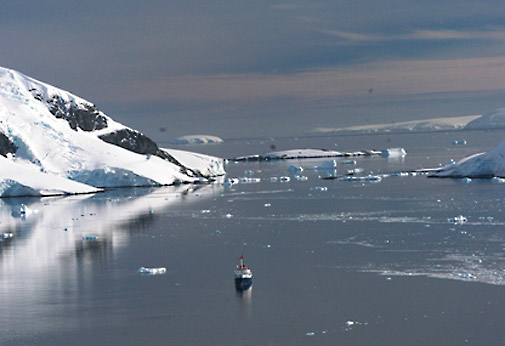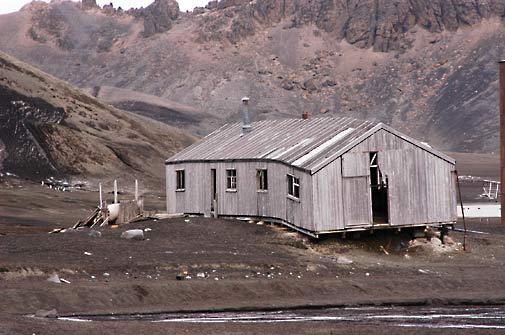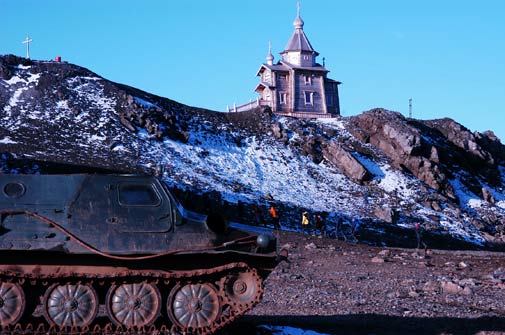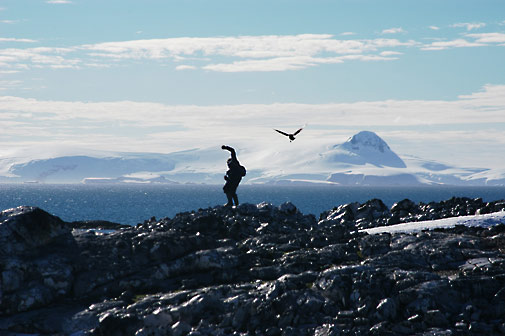Since time immemorial, the eyes of men have been set on this white territory, today inhabited by scientists and scholars that watch life conditions on the planet.

In 1603, an expedition led by a Spaniard named Gabriel de Castilla became aware of the existence of and explored solid land beyond 60 degrees south latitude, around the South Pole. Years before, the existence of this land had been presupposed but no record supported this idea.
This unknown land still unexplored by men would cause great political and commercial interest in various countries, which sponsored intrepid expedition entrepreneurs with the purpose of becoming the owners of this territory.

The exploits carried out by Captain James Cook are well known. In 1773, he circumnavigated the Antarctic continent and crossed the polar circle. Later on, he navigated the routes used by seal hunters and landed on the South Georgia and South Sandwich Islands. It was not until the late nineteenth and early twentieth centuries that the struggle to take hold of these lands began and so did the wish to consolidate the business of seal and whale hunting.
For such purpose, the whale vessels used to settle down factories on the islands, where animal fat was turned into industrial products and oil. The latter was used to propel the engines of the thriving industrial revolution.

Given the systematic depredation of whales, an International Whale Committee was created in 1946 to regulate this activity. At the same time, several countries claimed their sovereignty over the Antarctic territory as a means to avoid the exploitation of its natural resources. Thus, Chile, Argentina, Australia, New Zealand and the United Kingdom extended their border meridians towards the South Pole. They were joined by Norway, France and Russia. Most permanent bases were settled on the peninsula and the South Shetland Islands Archipelagos.
As WWII ended, scientific observation stations were settled on the white continent encouraged by the celebration of the International Geophysical Year. From then onwards, Antarctica was recognized as an international research area. The Antarctic Treaty was signed In 1959. It set forth the commitment to co-exist in peace. Argentina, Australia, Belgium, Chile, the United States, France, Great Britain, Japan, Norway, New Zealand, South Africa and the former Soviet Union agreed upon this.

Such treaty became enforceable in 1961. It included the territories lying south of parallel 60 and restricted all military activities to the logistic support of scientific research.
Another paragraph established the prohibition of al nuclear activities or the deposit of radioactive waste. It was set forth that both scientific programs and projects should be shared amongst the countries which had signed the treaty and all territorial claims were paralyzed. This led to other agreements searching for the protection of the environment. The Brussels Convention established the protection of flora and fauna on this territory in 1964.

The Antarctic Treaty and all the agreements that followed guaranteed the defense of Antarctica as a natural reserve consecrated to science and peace.









